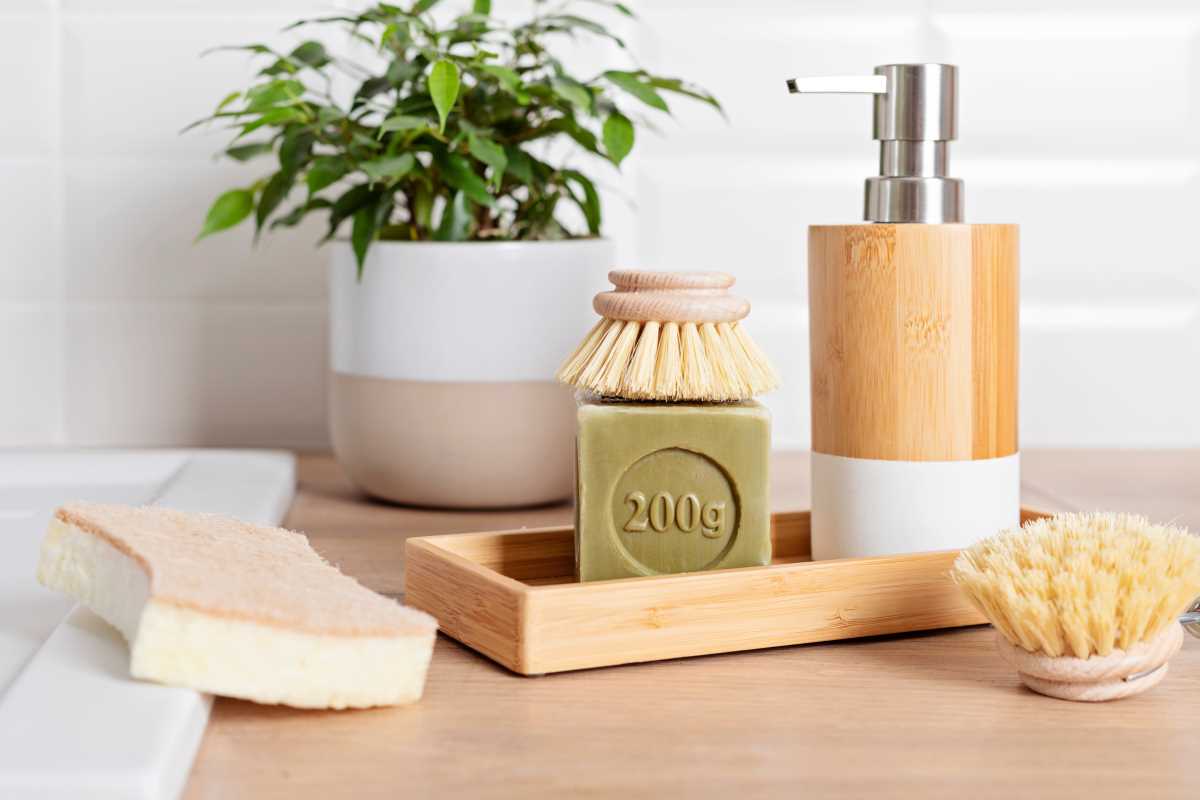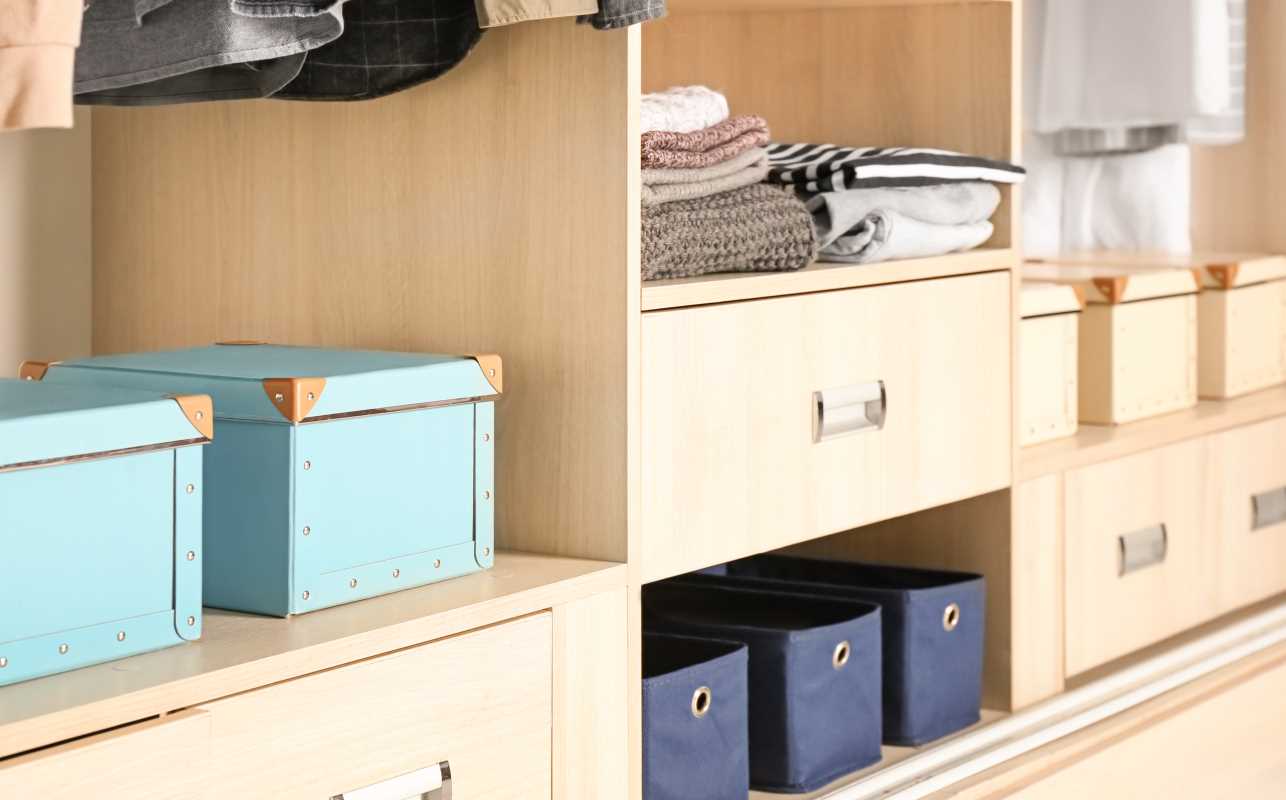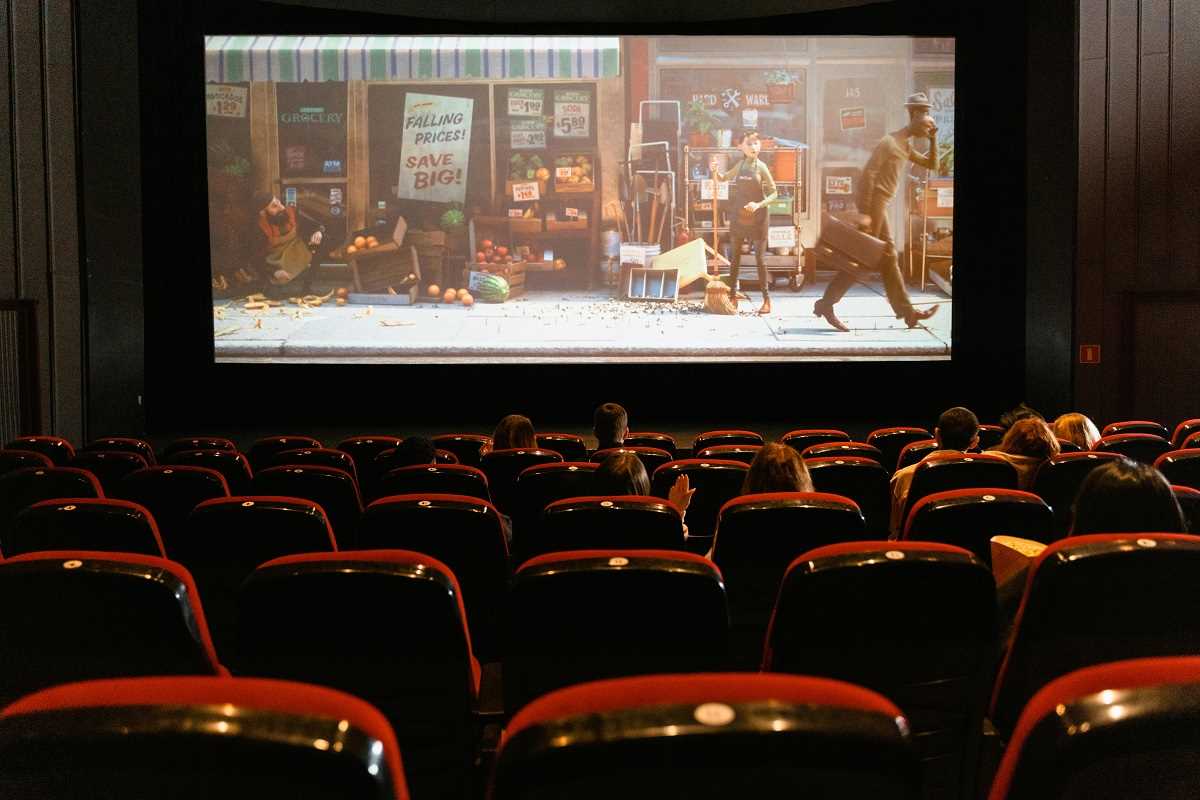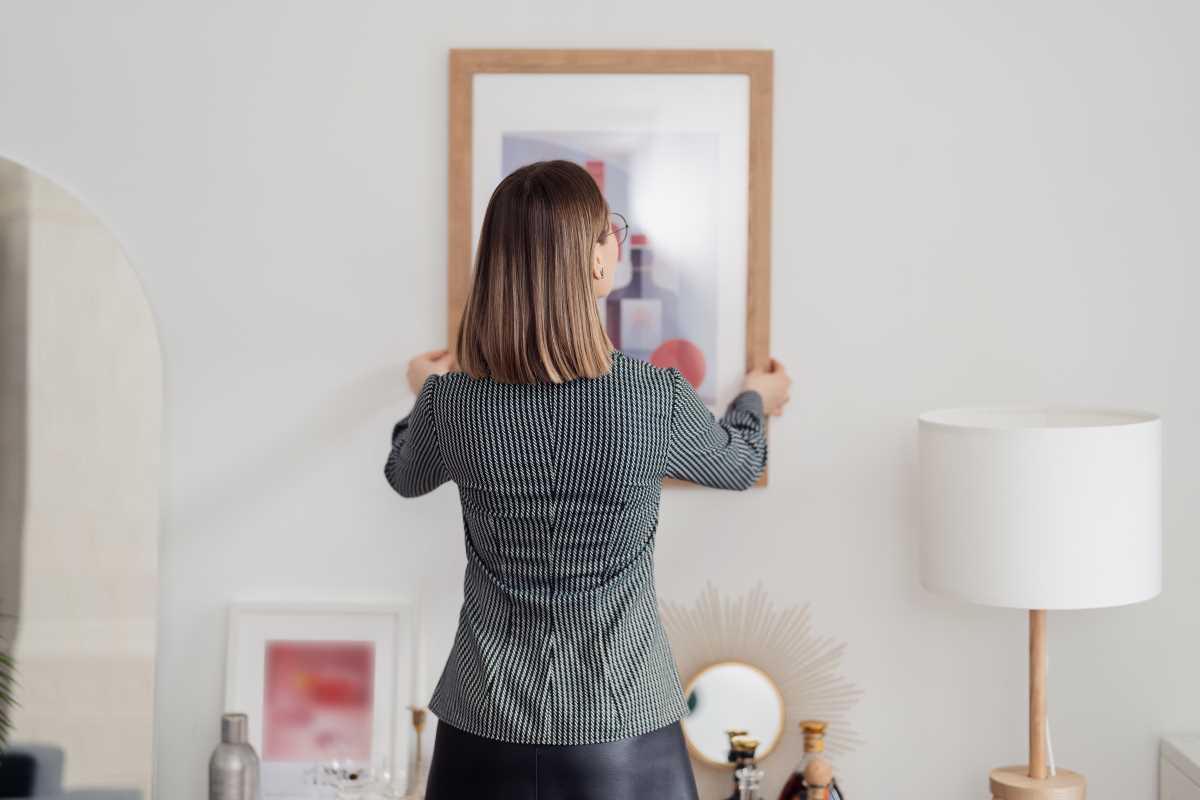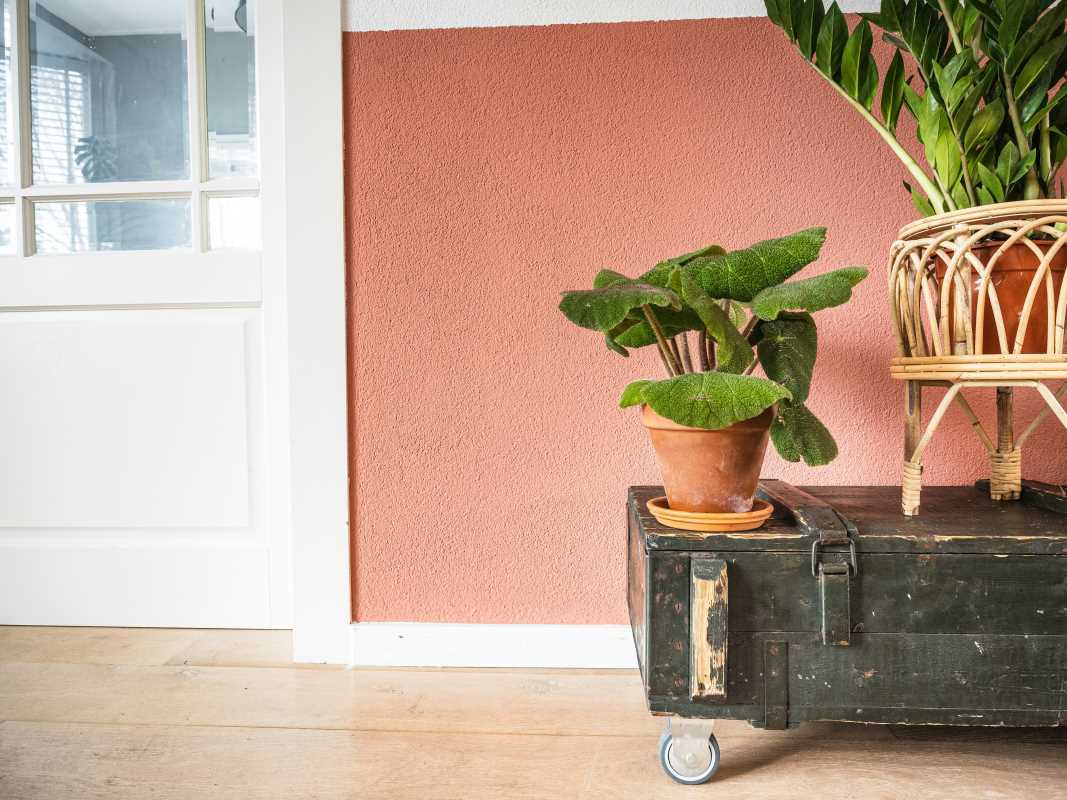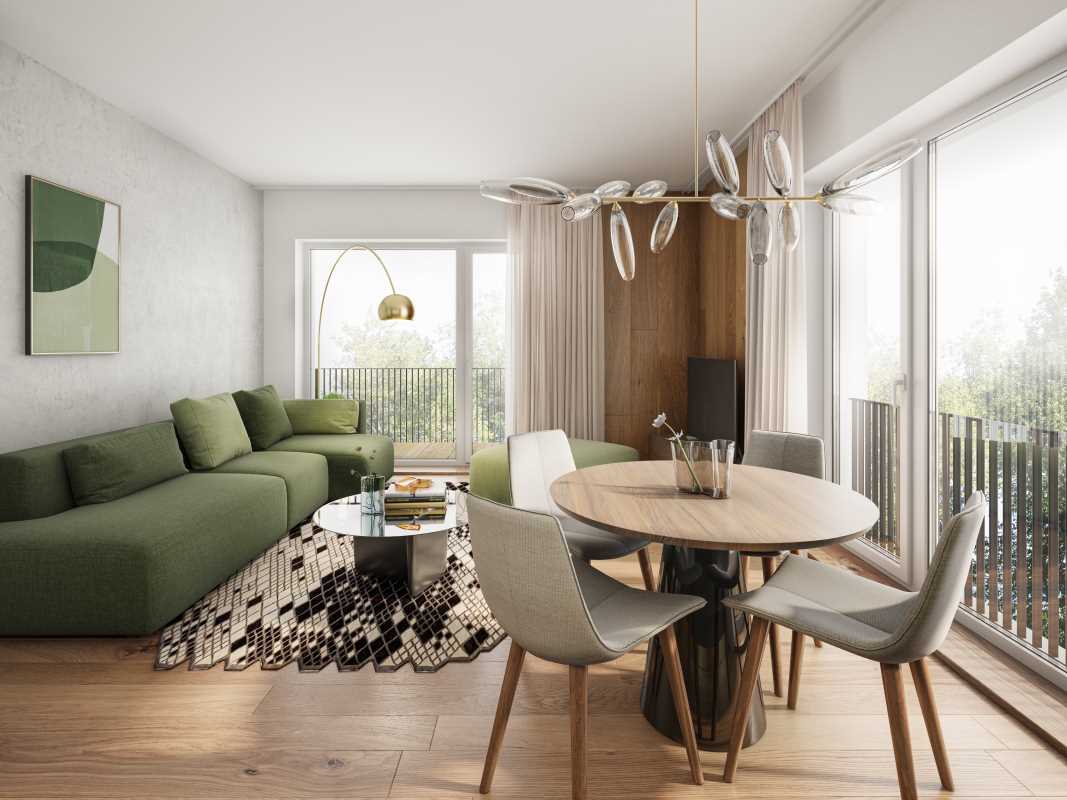Minimalist living in a tiny house has emerged as a popular lifestyle choice in recent years, offering a simpler, eco-friendlier, and more intentional way of life. As housing prices rise, urban spaces become more crowded, and sustainability concerns grow, many people are turning to tiny houses as an alternative to conventional homes. These small, often portable dwellings are typically between 100 and 400 square feet, demanding that every inch of space be used wisely. However, living in a small space can present unique challenges that require thoughtful planning and organization. Here, we'll explore practical strategies and design principles that can help you not only live comfortably in a tiny house but also thrive.
Making Use of Vertical Space
In any small home, vertical space is invaluable, but in a tiny house, it becomes essential. Think beyond eye-level storage and look to the walls and even the ceiling for additional room to organize belongings. Install tall shelves and wall-mounted organizers to keep items off countertops and floors. Loft-style beds are another excellent way to free up square footage for other purposes, such as a living room or workspace underneath. Vertical storage solutions can also include hanging pots and pans in the kitchen, pegboards for tools and accessories, and ladder racks for items like towels or jackets.
Maximizing vertical space also creates the illusion of a more open, spacious home. Tall shelves or open storage systems can draw the eyes upward, adding a sense of height and volume to the room. Additionally, keeping the floor uncluttered opens up walking paths, which improves the functionality and flow of your living space. With strategic use of vertical areas, a tiny house can feel less like a confined space and more like a thoughtfully designed home.
Embracing Multifunctional Furniture
Furniture that serves more than one purpose is a must in any tiny house. In such a small space, every piece of furniture should contribute to both comfort and functionality. A sofa with built-in storage can house blankets, books, or even seasonal clothing. Coffee tables that convert into dining tables offer a flexible solution for eating, working, or entertaining guests. Similarly, Murphy beds, which fold into the wall during the day, free up valuable floor space when not in use.
Multifunctional furniture extends beyond the living room and bedroom. In the kitchen, consider installing fold-down counters or wall-mounted tables that can be used when needed and tucked away when not in use. Another idea is to use stackable chairs or stools that can be stored in a closet or under a table to free up floor space. This approach ensures that each piece of furniture has a specific purpose while also contributing to a streamlined, clutter-free environment.
Mindful Decluttering
Living in a tiny house requires a commitment to minimalism, and that starts with mindful decluttering. It's easy for items to accumulate and overwhelm a small space, so it's crucial to adopt a regular practice of sorting through belongings and keeping only what you need. Following the principles of Marie Kondo's "KonMari" method, you can evaluate your possessions based on whether they spark joy and serve a purpose in your life.
A minimalist mindset is about more than just getting rid of items; it’s about shifting your priorities. Instead of accumulating possessions, you focus on quality over quantity, ensuring that every item in your home is either functional or meaningful. This approach reduces clutter and creates a more serene, livable space where every object has its place and purpose. By embracing minimalism, you not only free up physical space but also cultivate a more peaceful, intentional lifestyle.
Utilizing Light Colors and Natural Light
Light plays an integral role in making a tiny house feel more spacious and welcoming. Lighter shades, such as whites, pastels, and neutrals, reflect natural light, creating an illusion of a larger, more open space. Consider painting walls and ceilings in these lighter tones to enhance the feeling of airiness in the home.
Natural light can further amplify this effect. Large windows, skylights, and glass doors help flood the interior with sunlight, which not only brightens the space but also makes the home feel connected to the outdoors. Skylights, in particular, are a great option for tiny houses with limited wall space for windows. The more natural light you let in, the less cramped and confined the space will feel, giving you a greater sense of freedom and openness.
Expanding with Outdoor Living Spaces
When living in a tiny house, it's essential to think beyond the four walls. Outdoor living spaces can greatly expand your functional area and provide a relaxing retreat from the indoors. A well-designed patio with comfortable outdoor furniture, plants, and ambient lighting can serve as an extension of your living room or dining area. You can also use the outdoor space to grow a garden, set up a grill, or create a peaceful reading nook.
In warmer months, these outdoor areas can become the heart of your home, allowing you to enjoy nature while giving you additional space for socializing or relaxing. Even small outdoor areas, such as a balcony or deck, can add a lot of value to a tiny house by providing a place to escape without feeling confined.
Incorporating Minimalist Decor and Personal Touches
While it’s important to keep decor simple in a tiny house, adding personal touches makes the space feel like home. Minimalism doesn't mean the absence of style; rather, it emphasizes intentionality. Opt for streamlined furniture and decor pieces that align with the minimalist aesthetic, focusing on clean lines and functionality.
Adding plants, artwork, or sentimental items can provide warmth and personality to the space. Since you're working with limited room, it's a good idea to choose decor items that have meaning or practical value. This way, even the decorative elements serve a purpose, whether that’s to enhance the visual appeal or to connect you to your personal experiences and memories.
Incorporating Green Solutions
Tiny houses naturally lend themselves to eco-friendly living due to their smaller footprint, but you can take this a step further by incorporating green solutions. Solar panels, composting toilets, and rainwater collection systems can make your tiny house more sustainable and reduce your dependence on traditional utilities. Using energy-efficient appliances and lighting also helps to minimize your environmental impact.
Living green in a tiny house goes hand-in-hand with the minimalist values of simplicity and intentional living. By embracing sustainable solutions, you not only help the planet but also foster a lifestyle that’s more in tune with nature and less reliant on excessive consumption.
Thriving in a tiny house requires a shift in mindset and a commitment to simplicity, but it offers incredible rewards. By maximizing vertical space, embracing multifunctional furniture, decluttering regularly, and incorporating light and outdoor spaces, you can create a home that is both functional and beautiful.
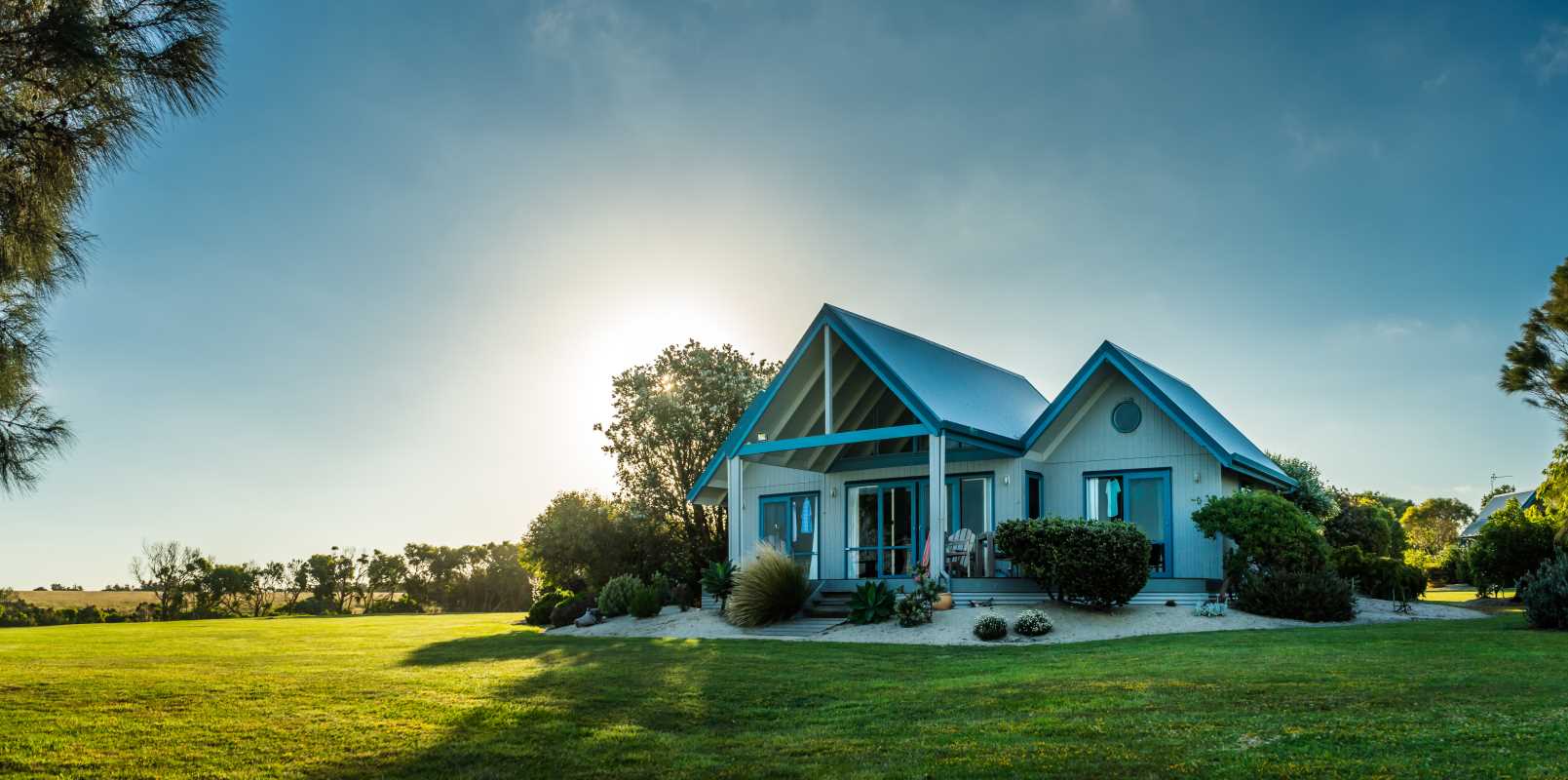 (Image via
(Image via